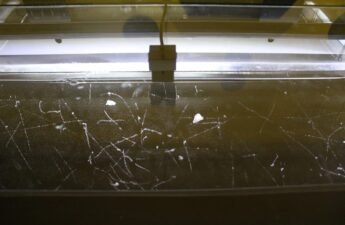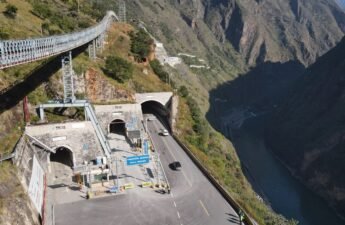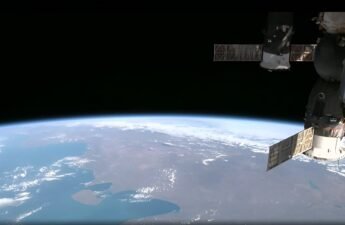Has been built a ‘time machine’ which sends electrons fractions of second to the past.
Source: DailyMail
A ‘time machine’ that moves tiny particles a fraction of a second into the past was built in Russia, scientists have claimed.
They gave the analogy of a break for a game of pool, in which the balls are substitutes for the electrons.
After the break the ‘balls’ are scattered in what should be a haphazard way, according to the laws of physics.
But researchers managed to make them reform in their original triangle ‘break’ order – appearing as if they were turning back time – using a special quantum computer.
Researchers, from the Laboratory of the Physics from Moscow Institute of Physics & Technology (MIPT), say that they have effectively defied the Second Law of Thermodynamics with the experiment.
What is the Second Law of Thermodynamics? This law claims that some physical processes are irreversible and that entropy of a isolated system always increases. Entropy is the disorder degree and heat transfer. Laws of thermodynamics will be explained in more details in a future post.
The ‘time machine’ is built from a basic quantum computer, which is made up of ‘qubits’.
Has been already written posts about quantum computing, click in the buttons to read.
Quantum computing (Part 1)Click here
Quantum computing (Part 2)Click here
‘We have artificially created a state that evolves in a direction opposite to that of the thermodynamic arrow of time.’
In the experiment an ‘evolution program’ was launched which caused the qubits to become an increasingly complex changing pattern of zeros and ones.
During this process, order was lost – just as it is when the pool balls are struck and scattered with a cue. Another program then modified the state of the quantum computer in such a way that it evolved ‘backwards’, from chaos to order.
The scientists found that, working with just two qubits, ‘time reversal’ was achieved with a success rate of 85 per cent.
When three qubits were involved more errors occurred, resulting in a 50 per cent success rate.
The experiment could have a practical application in the development of quantum computers, the scientists said.
Maybe this technology will be applied in error correction and data recovery in quantum computers.




